Kashiwazaki-Kariwa nuclear power plant (Credit: Tepco)
Hideyo Hanazumi, governor of Niigata Prefecture in Japan, has approved the restart of two reactors at Kashiwazaki-Kariwa nuclear power plant. The seven-unit facility, operated by Tokyo Electric Power Company, is the largest nuclear power plant in the world. It has been shut down since the March 2011 earthquake and tsunami struck the country, severely damaging TEPCO’s Fukushima Daiichi plant.
Sellafield Ltd.’s Euan Hutton (left) and TEPCO’s Akira Ono extend a cooperative agreement between the two companies. (Photo: TEPCO)
The U.K.’s Sellafield Ltd. and Japan’s Tokyo Electric Power Company have pledge to continue to work together for up to an additional 10 years, extending a cooperative agreement begun in 2014 following the 2011 tsunami that resulted in the irreparable damage of TEPCO’s Fukushima Daiichi plant.
IAEA personnel check a sample of Fukushima’s ALPS-treated water. (Photo: TEPCO)
An International Atomic Energy Agency task force has confirmed that the discharge of treated water from Japan’s Fukushima Daiichi nuclear power plant is proceeding in line with international safety standards. The task force’s findings were published in the agency’s fourth report since Tokyo Electric Power Company began discharging Fukushima’s treated and diluted water in August 2023.
More information can be found on the IAEA’s Fukushima Daiichi ALPS Treated Water Discharge web page.
Fuel debris sample taken from Fukushima-2. (Photo: TEPCO)
Tokyo Electric Power Company has released the results of its initial analysis of a sample of nuclear fuel debris from Unit 2 of Japan’s damaged Fukushima Daiichi nuclear power plant. The sample, which measured around 5mm by 4mm and totaled 0.187 grams, was taken from the floor of the reactor pedestal during a second trial removal of fuel debris conducted in April.
A worker replaces the end jig used to collect fuel debris samples from the damaged Fukushima reactor. (Photo: TEPCO)
Tokyo Electric Power Company is scheduled this week to begin retrieving a second sample of nuclear fuel debris from Unit 2 of Japan’s damaged Fukushima Daiichi nuclear power plant. This second retrieval comes after TEPCO improved the telescopic device used to gather samples.
The IAEA’s Rafael Mariano Grossi (far right) and other IAEA experts joined scientists from China, South Korea, and Switzerland as they collected seawater samples near the Fukushima Daiichi nuclear power plant. (Photo: Dean Calma/IAEA)
International Atomic Energy Agency director general Rafael Mariano Grossi visited Japan’s Fukushima Daiichi site on February 19, where he joined scientists from the Third Institute of Oceanography in China, the Korean Institute for Nuclear Safety in South Korea, and the Spiez Laboratory in Switzerland in collecting seawater samples from a boat near the damaged nuclear power plant.
Data from Fukushima ALPS-treated water discharge. (Image: IAEA)
An International Atomic Energy Agency task force has confirmed that the discharge of treated water from Japan's Fukushima Daiichi nuclear power plant is progressing in accordance with the plan approved by Japan’s Nuclear Regulation Authority.
An IAEA task force visited Fukushima in October 2023 to review the safety of TEPCO’s discharge of ALPS-treated water. (Photo: TEPCO)
International Atomic Energy Agency experts have confirmed that the tritium concentration in the fourth batch of treated water released from Japan’s Fukushima Daiichi nuclear power plant is far below the country’s operational limit.
March 1, 2021, 3:01PMUpdated August 25, 2023, 3:21PMNuclear NewsJohn Fabian The Fukushima Daiichi nuclear power station site. Image: Courtesy of TEPCO.
Earlier this week, Japan announced its intention to move ahead with its plan to discharge re-treated, diluted tritiated wastewater from the damaged Fukushima Daiichi Nuclear Power Plant into the ocean. This plan has been a topic of discussion--and for many a source of contention--since 2013. After a decade of talks, and with the endorsement of nuclear scientists, experts, and organizations around the globe, the time has come to act. By following safety standards in place and endorsed by the IAEA, the release of wastewater will pose no threat to the public or the environment.
The article below was originally published in the March 2021 issue of Nuclear News. (Also included in that issue is a great review article from Lake Barrett outlining the current status of the decontamination and decommissioning going on at Fukushima .) That month marked 10 years since the Tōhoku earthquake and tsunami devastated Japan and crippled the Fukushima plant. The words that follow remain timely, since various news outlets continue to report on the dangers of Fukushima's wastewater without providing context to the Japanese plan to discharge it.
A photo from 2021 of the Fukushima nuclear power station with the more than 1,000 water storage tanks on site. (Photo: TEPCO)
We’ve all seen the headlines such as “Should Japan Dump Fukushima's Radioactive Water into the Ocean?” along with “Japan Set to Pour Fukushima Waste into Pacific, Irking China” and “Japan Is Slowly but Surely Releasing Wastewater from the Fukushima Nuclear Plant into the Pacific Ocean.” The most recent spate of fearmongering was triggered by the IAEA’s July 4 announcement that the agency had finished its independent assessment of Japan’s plans to release the treated wastewater stored at the Fukushima Daiichi nuclear power station and found the plan “consistent with IAEA Safety Standards.”
Pictured at the DOE's EM headquarters, from left, are Ana Han, foreign affairs specialist, EM International Program; Joceline Nahigian, director, EM Office of Intergovernmental and Stakeholder Programs; Scott Whiteford, deputy director, DOE Office of Legacy Management; William “Ike” White, EM senior advisor; Masaki Nakagawa, special advisor to executive directors, NDF; Tokuhiro Yamamoto, executive director, NDF; Shin Morita, managing director, International Affairs Group, NDF; Taro Hokugo, managing director, International Affairs Group, NDF; Jeff Avery, EM principal deputy assistant secretary; Angela Watmore, deputy assistant secretary, EM Office of Acquisition and Project Management; and Ming Zhu, EM senior advisor for laboratory policy. (Photo: DOE)
Representatives from the Japan Nuclear Damage Compensation and Decommissioning Facilitation Corporation (NDF) recently visited the Department of Energy's Office of Environmental Management (EM) headquarters in Washington, D.C., and the Hanford Site in Washington state to promote collaboration and provide updates on the status and plans to decommission Japan's Fukushima Daiichi nuclear power plant. The Great East Japan Earthquake of March 11, 2011, caused damage to the plant and surrounding communities. The NDF was created in September 2011 to oversee the decommissioning and cleanup of the plant, which is owned by the Tokyo Electric Power Company.
A look at Fukushima Daiichi today. (Photo: The Asahi Shimbun via Getty Images)
News programmers’ hunger for stories about the aftermath of the earthquake and subsequent tsunami that caused three reactor meltdowns at Fukushima Daiichi in March 2011 shows no signs of abating.
A current picture of the Fukushima nuclear power station with the more than 1,000 water storage tanks on site. Photo: Courtesy of TEPCO.
The Japanese government will soon announce the decision to dispose of stockpiled Fukushima wastewater into the Pacific Ocean, according to an AP News story published last Friday. The decision is years in the making and follows the guidelines from a panel of government-appointed experts named the Subcommittee on Handling of the ALPS-Treated Water (ALPS Subcommittee).
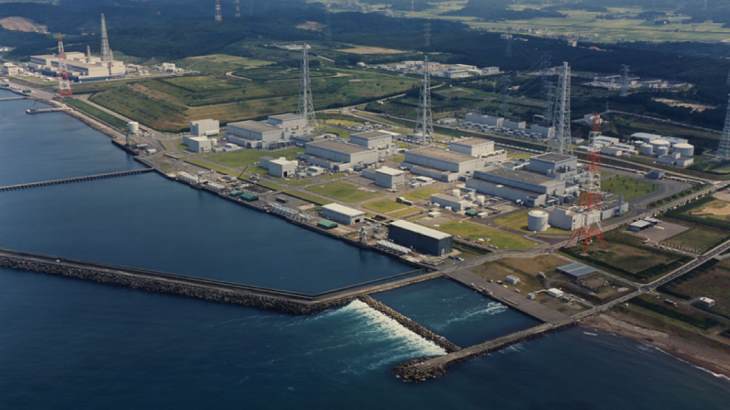_70610.jpg)



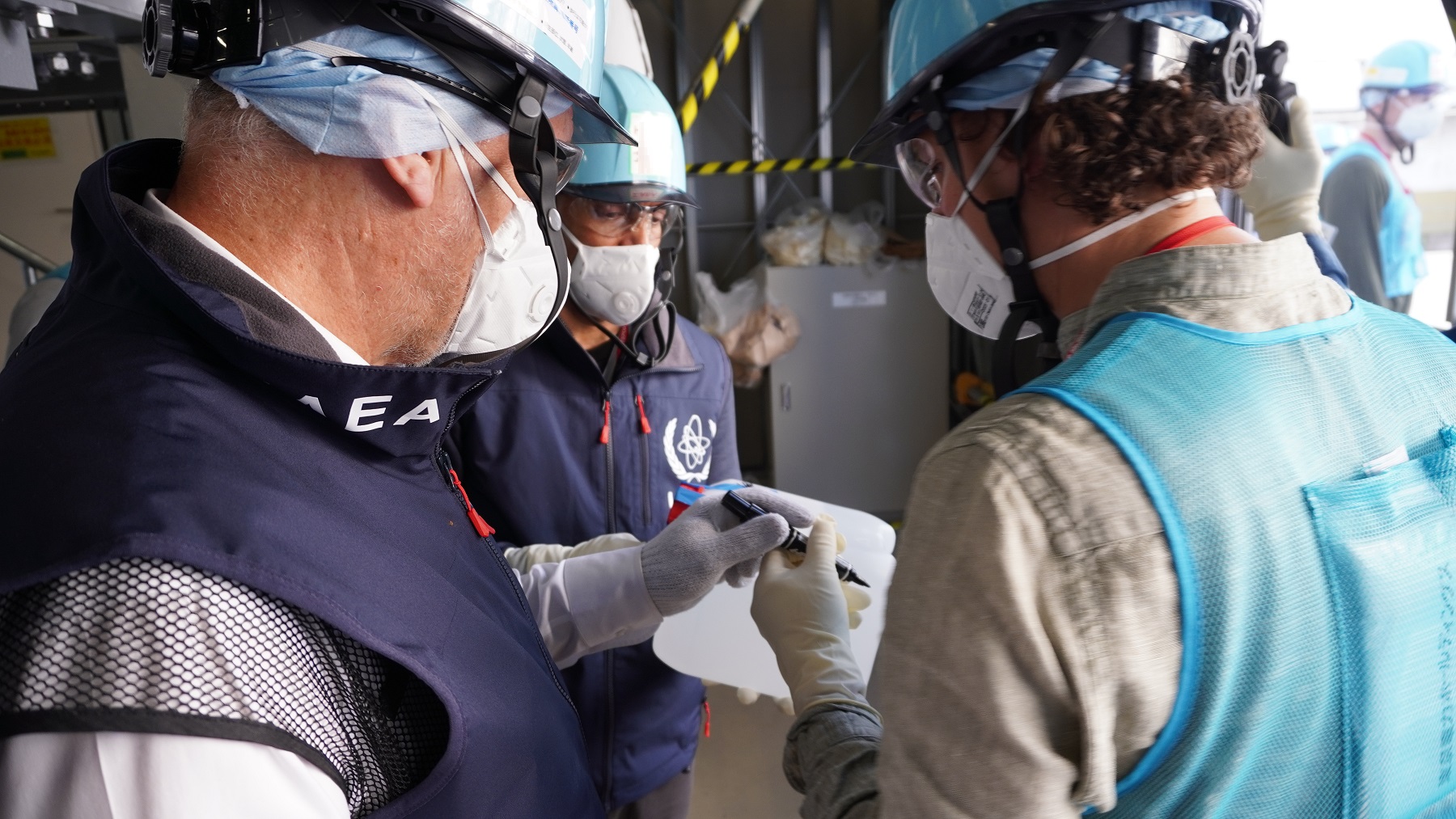


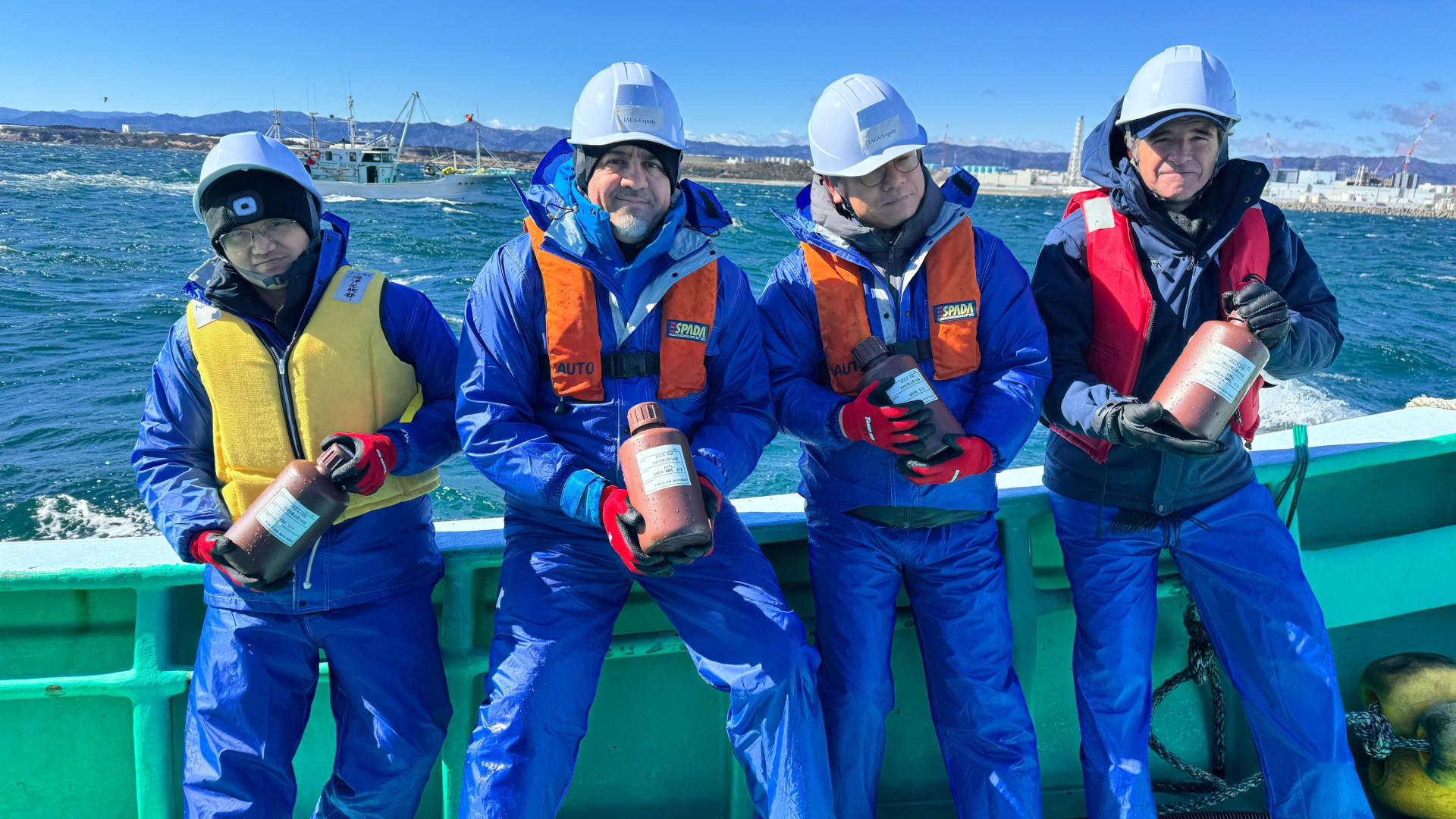
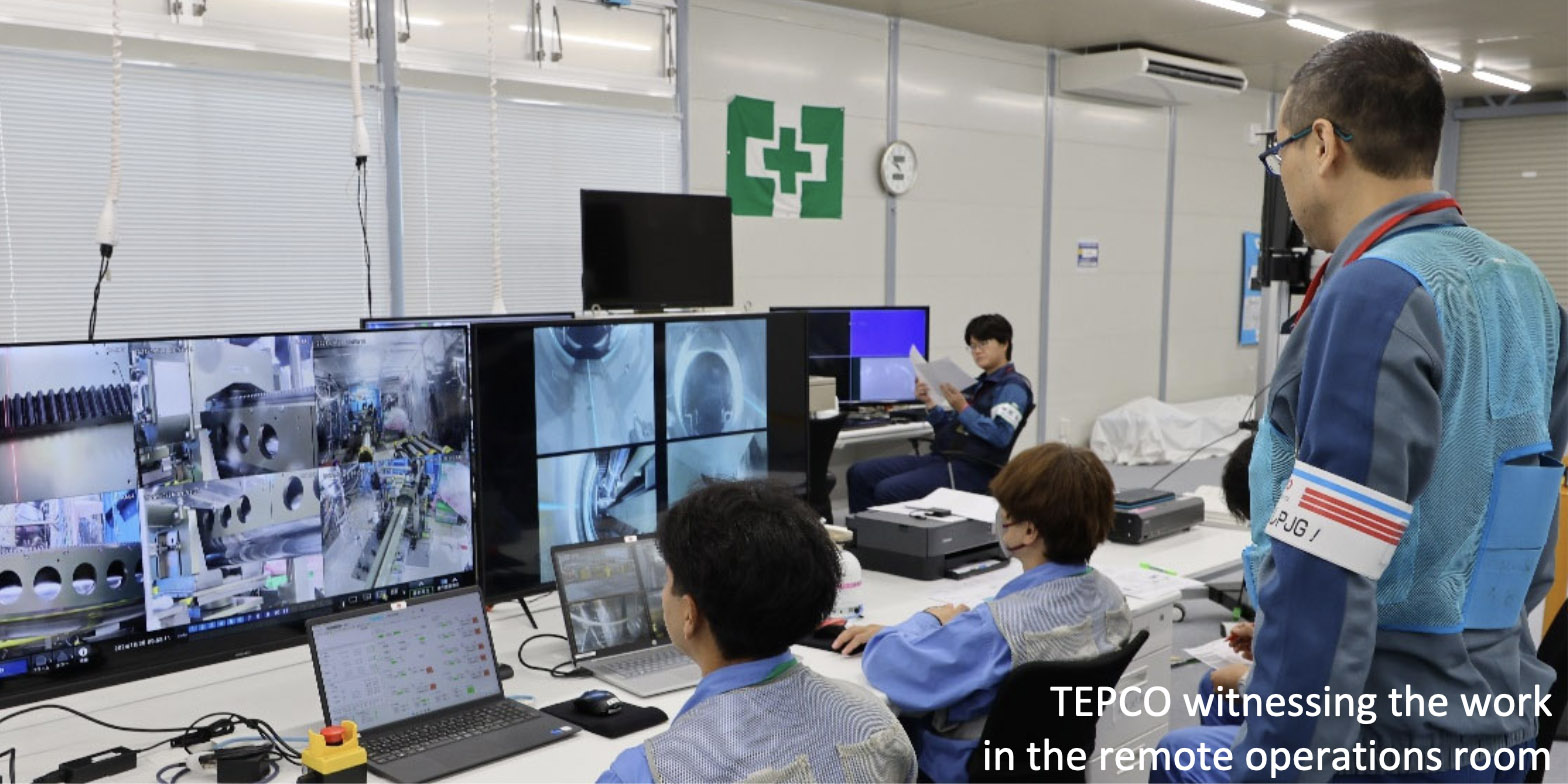




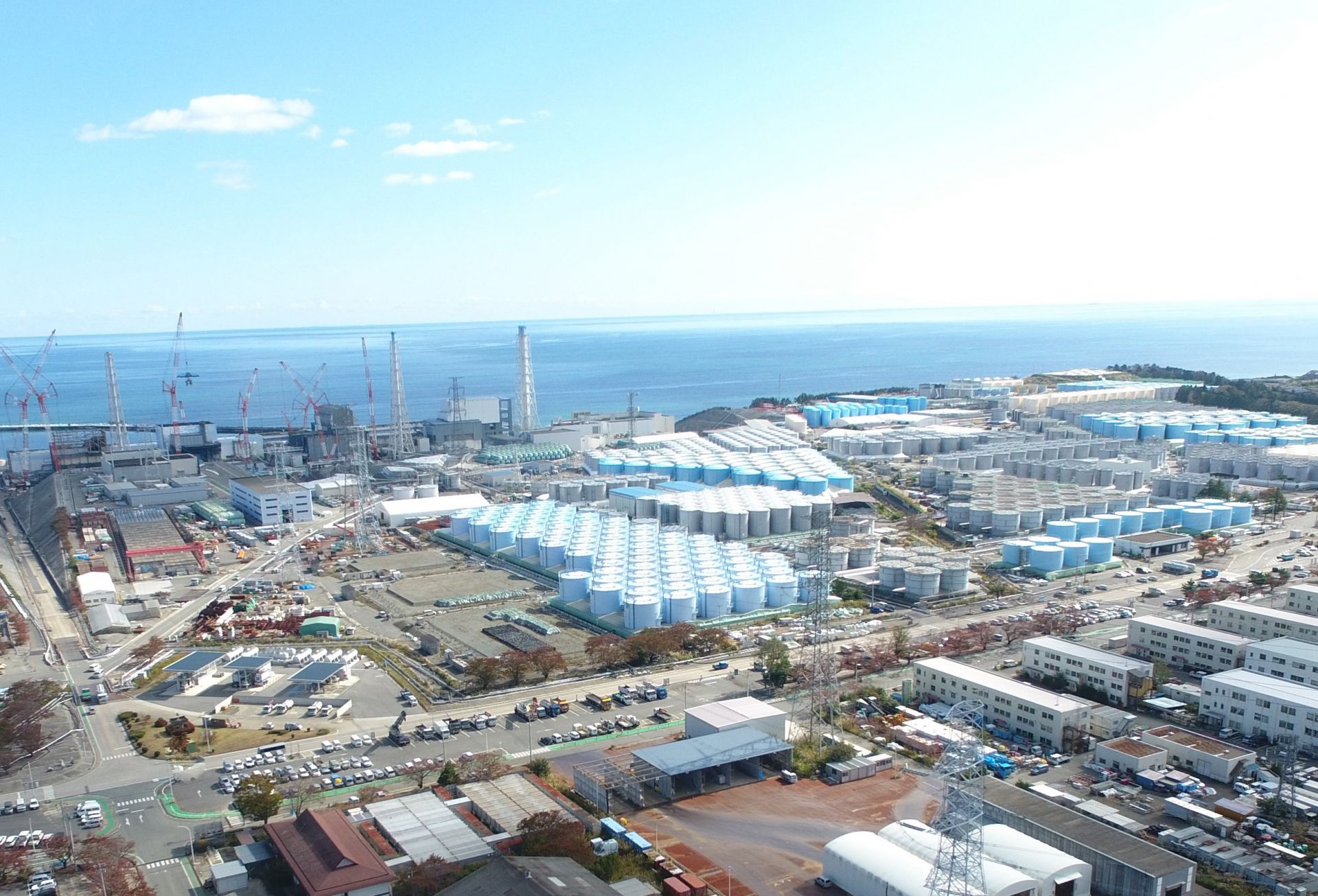.jpg)
.jpg)

